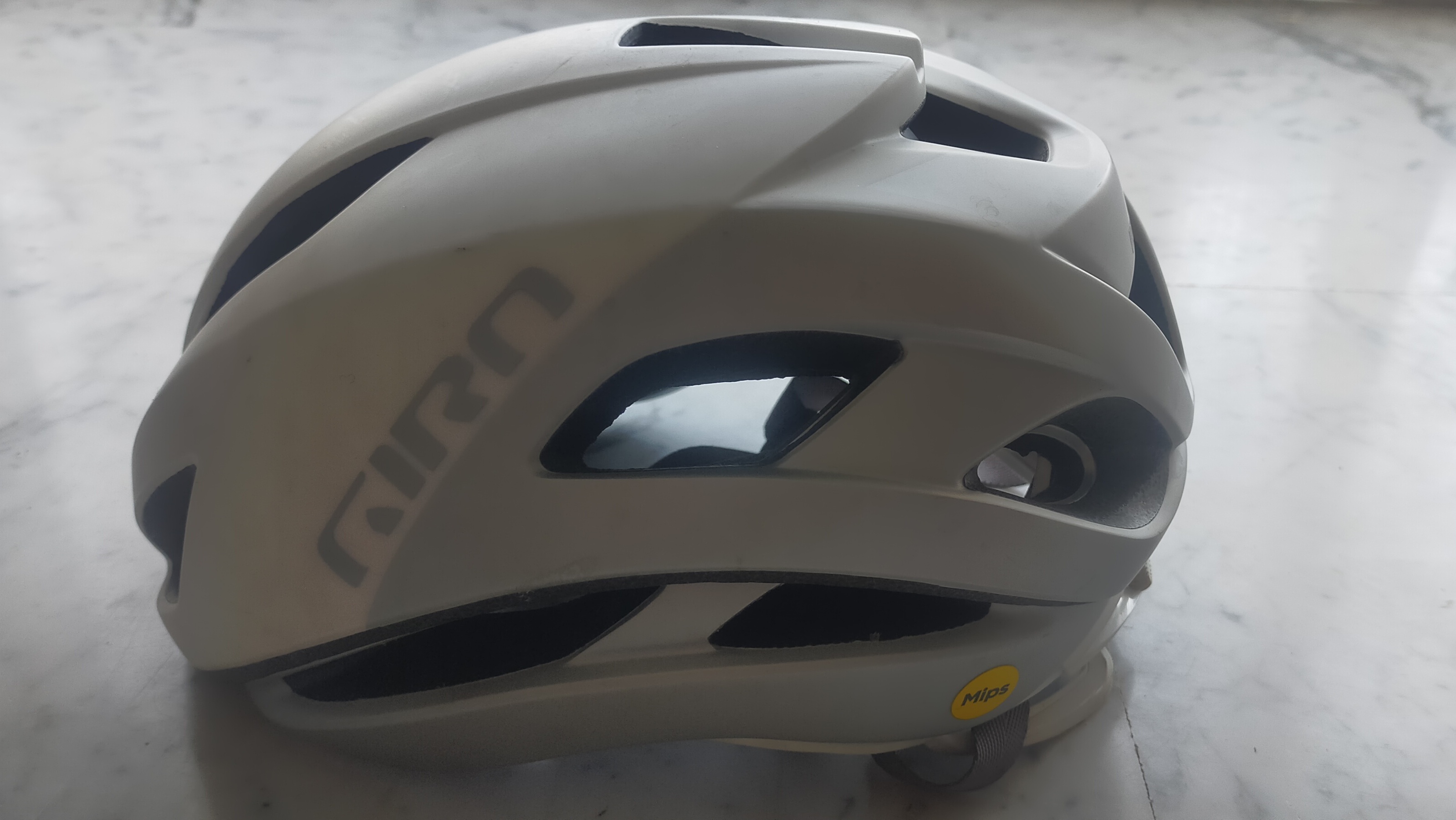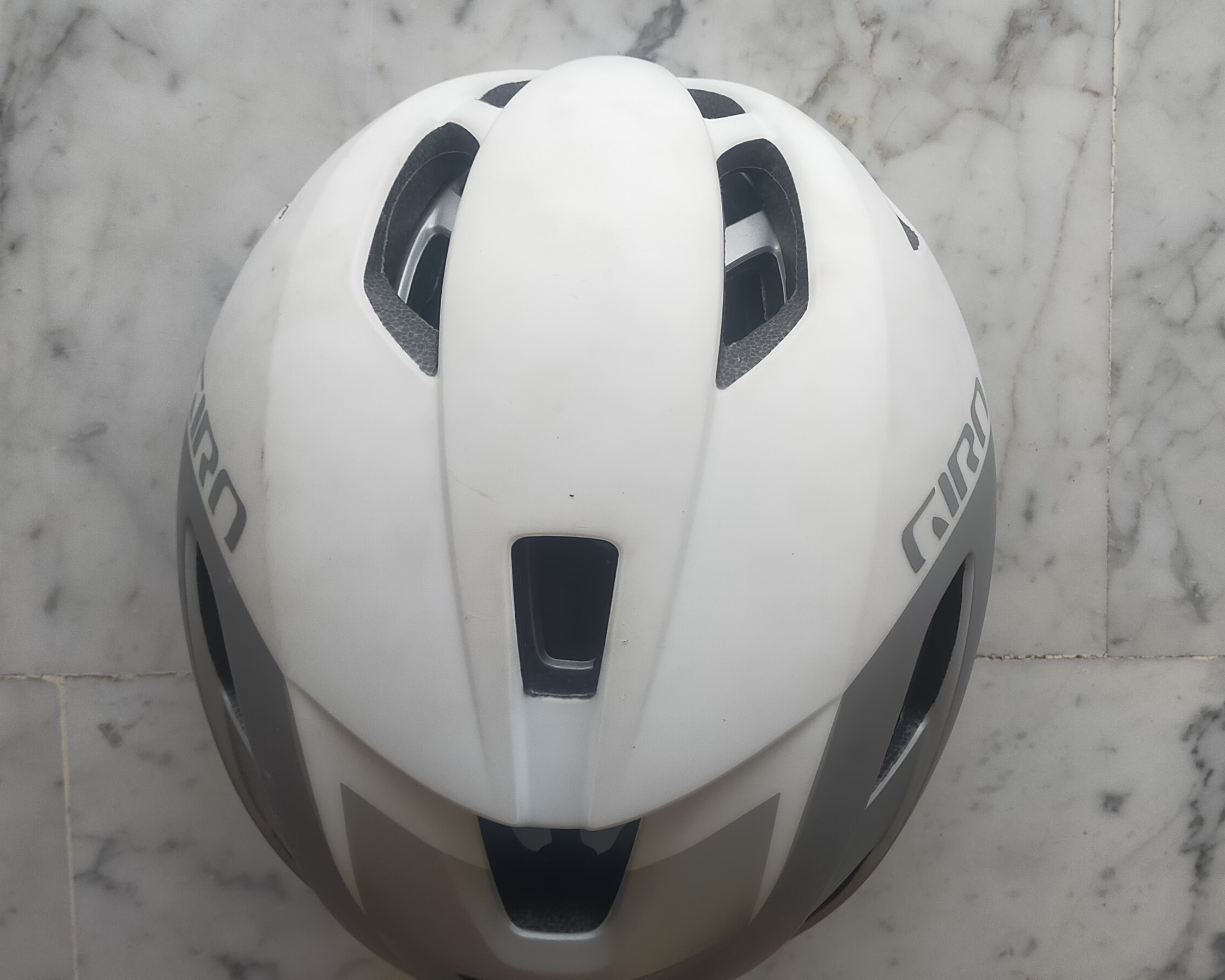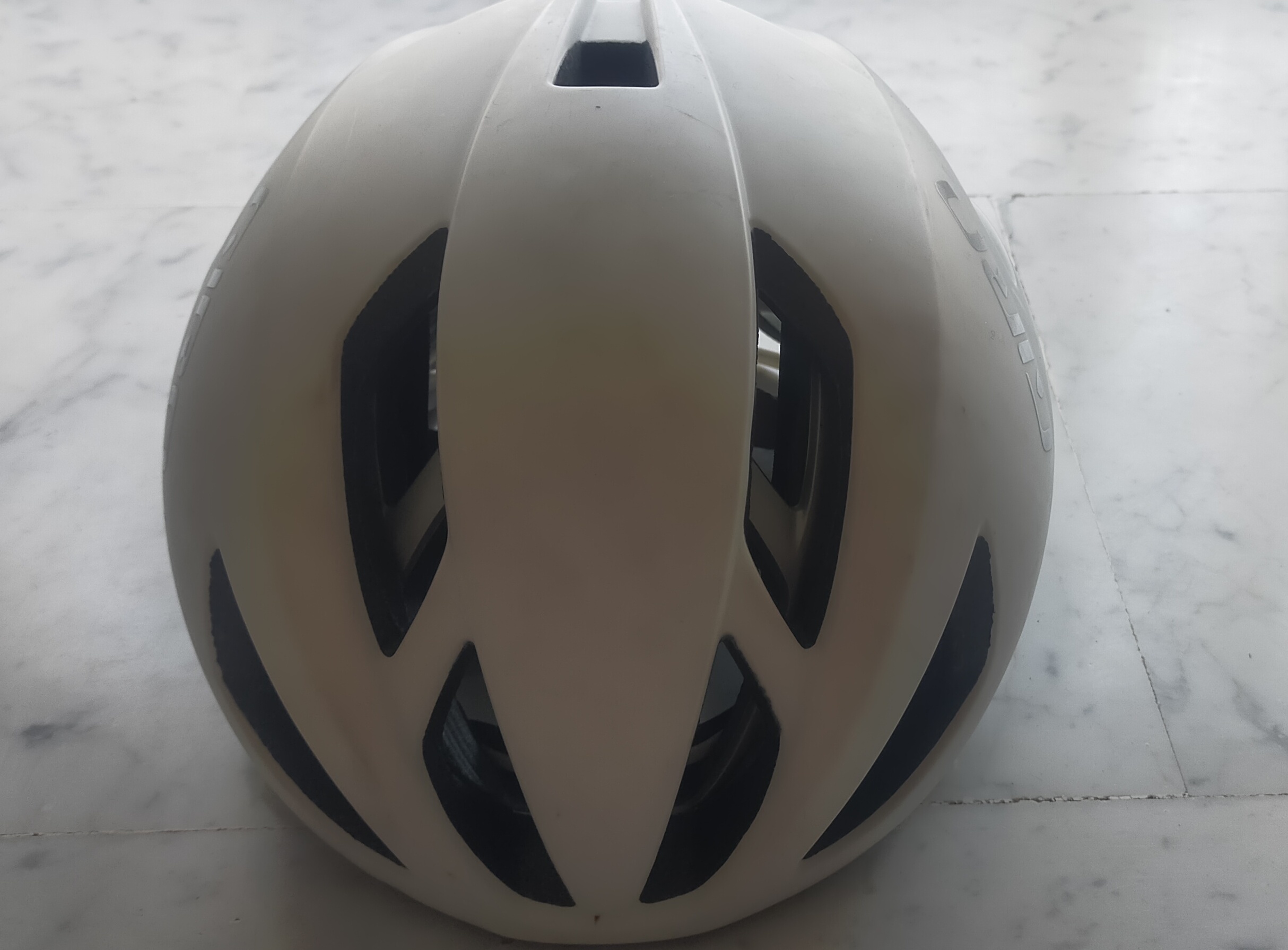Giro Eclipse Spherical helmet review - 'I hit my fastest ever speed of 86kph with this lid'
Anecdotally, we can agree with Giro's claim of this being the fastest and most aero helmet on the market, but it was the ventilation that impressed us the most

Claims can often be exaggerated for marketing purposes, but there is no questioning that this aero helmet facilitates unobstructed airflow. Its cost is probably out-of-reach for most, but for the price you also get outstanding ventilation
-
+
Very aero
-
+
Mips system included
-
+
Great ventilation
-
+
Comfortable
-
-
Very expensive
-
-
Is it really stylish?
You can trust Cycling Weekly.

In the absence of a wind tunnel and a specialist support network around me to break down my riding data, it’s impossible to verify Giro’s claim that the Eclipse Spherical is the fastest ever aero helmet.
But, anecdotally, what I can say with confidence - and delight - is that over the 2,500km of riding that I had the helmet on test, my average speed descending markedly improved and I reached my fastest ever speed (86kph, which is not bad for a 62kg beanpole on a lower end bike). What’s more, on flatter roads and in a more ‘normal’ position, my average speed consistently increased.
There are, of course, other variables in play: I do feel as fit as ever right now, and most of my riding has been in mountainous terrain, offering me long, sweeping descents, repetition that has no doubt boosted my confidence and allowed me to take greater risks and better lines.
But I also think it would be remiss of me not to give some of that credit to the helmet, which evidently allows air to pass over and around it without any infringement in as streamline a way as possible, putting it up there with the best cycling helmets and the best aero helmets.
Giro claims that over 100 miles (161km) at a speed of 25mph (40kmh), the helmet will better the time of the closest other unspecified aero road helmet by 14 seconds. Now, I’m most definitely not riding at those speeds for those distances, and 14 seconds is almost a negligible figure over such a long time, but if the stats are to be believed, then the helmet does have a justifiable claim to be the fastest aero helmet on the market.
Whatever the design reasons for this - a smooth outer shell and an almost rounded figure are crucial - a key factor is undoubtedly the weight. At just 270 grams, the Eclipse Spherical small that I tested weighs very little. The fit, meanwhile, was comfortable without being restrictive, although at times I had to move it around to prevent squeezing at the back of the head.

Giro Eclipse Spherical helmet: the ride
All of my riding was in hot, sweaty conditions, with the mercury often above 35 degrees. Despite this, I don’t recall a time having sweat constantly dripping and my head stayed cool throughout, aided by the 17 vents in the helmet that allow air in and out. It has to be said that the ventilation was the thing that impressed me the most, as the helmet responded to intense heat with a breeze.
The latest race content, interviews, features, reviews and expert buying guides, direct to your inbox!
Of course, the padding inside was always wet afterwards, but it was pleasing to read that the foam was packed with antimicrobial fibres.
Is it stylish? I do think that good-looking designs are often sacrificed for aero properties, and I’m undecided how well I like the Eclipse design. It looks fast, it looks professional and the design pattern is neat, but I can’t escape the feeling that it did occasionally look like a mushroom plonked on top of my head. That could just be because of my facial structure, but I won’t be rushing to share a photo on Tinder of me wearing the helmet. No girl’s gonna super-like me wearing that.

Fortunately, I have never tested the helmet in a crash, but in any potential accident I would benefit from the inclusion of the Mips brain protection system, a feature that is becoming ever more sought after because it permits the helmet’s outer foam liner to rotate around the inner foam liner to redirect impact forces away from the brain.
Other things worth noting are that the straps were good with no extra bits flapping around, and I was able to adjust the tightness as I liked. It was also good to be able to store my sunglasses easily in the side vents should I want to.
Giro Eclipse Spherical helmet: value and conclusions
To get your hands on one, you’re going to be paying top dollar, setting you back £239.99/$290, which puts the helmet at the top of the price standings.
Giro's previous incarnation of a fast aero helmet, the Aether Mips, is a little cheaper coming in at around £160/$200 now, while the POC Ventral Spin may not be the best looking helmet on the market but it like the Eclipse Spherical offers outstanding ventilation and air flow. For the POC you'll be paying £200/$240.
These comparison illustrate that Eclipse Spherical is more expensive than its closest competitors on the market, but if aero is important, and if you require a helmet that excellently vents hot air away from the head, I think it’s worth believing Giro’s claims, because there is no question that this is a high-performance helmet, designed for riders also seeking high-end performance.

Specifications
Price: £240/€260/$290
Colours: White, black, charcoal mica, blue, black and red
Sizes: Small (51-55cm); medium (55-59cm); large (59-63cm)
Website: Giro.co.uk
A freelance sports journalist and podcaster, you'll mostly find Chris's byline attached to news scoops, profile interviews and long reads across a variety of different publications. He has been writing regularly for Cycling Weekly since 2013. In 2024 he released a seven-part podcast documentary, Ghost in the Machine, about motor doping in cycling.
Previously a ski, hiking and cycling guide in the Canadian Rockies and Spanish Pyrenees, he almost certainly holds the record for the most number of interviews conducted from snowy mountains. He lives in Valencia, Spain.
